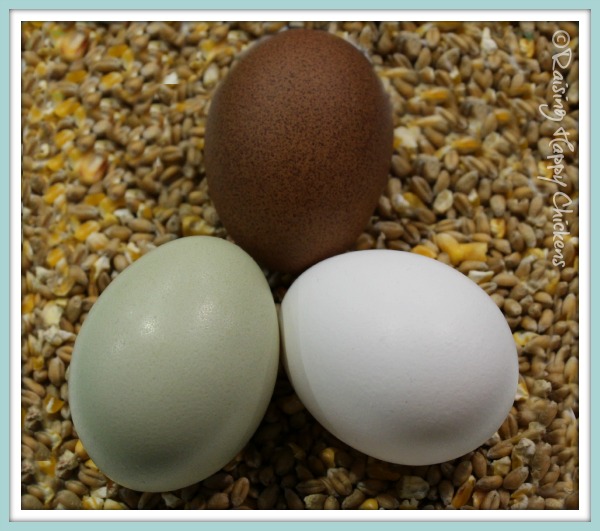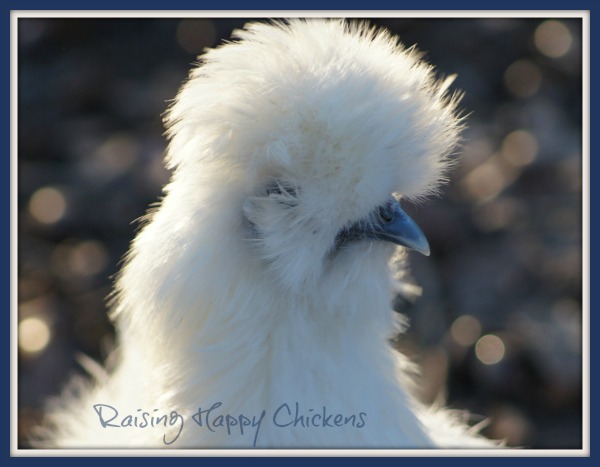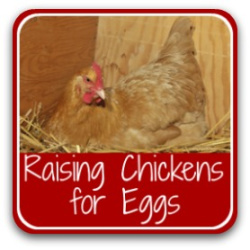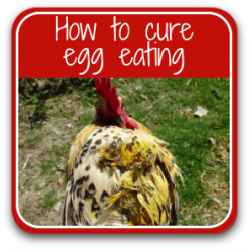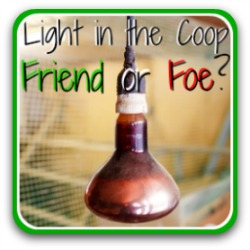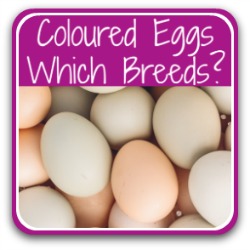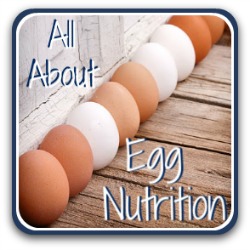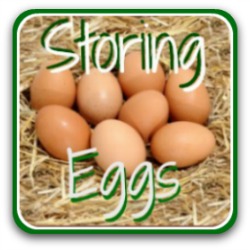- Home
- Egg Nutrition
- Egg facts
Egg facts : five common misconceptions.
The egg is arguably both one of the most nutritious sources of food around, and one of the most misunderstood.
Among the many wonderful things about keeping backyard chickens is the amazing, healthy, fresh, orange-coloured eggs your girls will give you every day.
But there's a lot of inaccurate eggy 'facts' out
there. To get the greatest enjoyment from your chickens, you need to be able to distinguish what's real and what's not.
In this section, I help you sort out the facts from the myths.
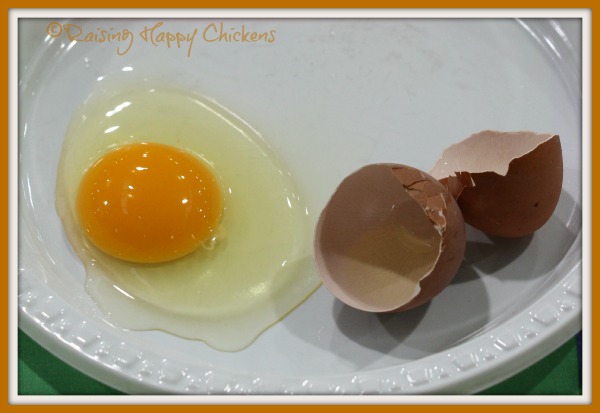 There's just nothing like a beautiful, freshly laid egg. Look at the colour of that yolk!
There's just nothing like a beautiful, freshly laid egg. Look at the colour of that yolk!Here's
what's covered in this section - just click on the
links if you're particularly interested in a specific question. I'm careful only to give you evidenced facts, so sources are referenced at the end of the page.
Fact or fiction? : Shell colour determines how healthy an egg is.
When I was young I was always told that brown eggs were healthier than white or cream. That's a total myth. (Sorry, mum!).
Shell colour has nothing at all to do with nutritional value - it's purely to do with the breed of chicken.
How nutritious an egg is depends on what the chicken eats, not what colour the shells are.
Fact or fiction? : Only brown chickens lay brown eggs.
Untrue. The true facts are that every shell starts off white and the colour pigment is added as the egg travels through the chicken. What colour the shell is at the end of that process depends entirely on the breed of chicken.
Some breeds lay light brown, some a delicious chocolatey-dark brown, some cream, some white - and some even lay amazing blue-green eggs.
For more information about chicken breeds that lay colourful eggs, see this article.
Fact or fiction? : You can tell what colour eggs a hen will lay by her earlobes.
This one's a "yes and no" answer.
Some people believe that all laying hens with white earlobes produce white eggs and those with red ears lay brown. And that's true - in some pure bred species.
But it's not true in others, and it's definitely not so in hybrids. There are just too many exceptions for this to be taken as a given fact.
The real myth is that you can tell what colour eggs will be by the colour - any colour - of earlobes. If this were true then golden-eared chickens would be laying golden eggs (if only!) and Silkies, which have blue earlobes, would lay blue eggs. Which they don't.
So if you want an interesting, colourful egg basket, don't depend on earlobes! Look closely at which breeds lay which colour. My pages about different chicken breeds always tell you the colour you can expect.
Fact or fiction? : Hens will only lay if there's a rooster around.
This one is also a myth. The fact is that no matter how important a rooster thinks he is - and they do tend to think a lot of themselves - hens do not need him to be able to lay eggs.
A chicken produces an egg whether or not there's a rooster in the flock - it's part of her natural cycle.
But the egg will never be fertile, that is never have the chance of growing into a live chick, unless there's a rooster to fertilize it.
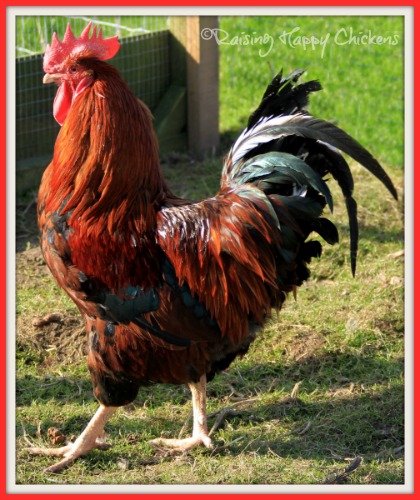 Roosters may strut their stuff, but they're not necessary for egg-laying.
Roosters may strut their stuff, but they're not necessary for egg-laying.Fact or fiction? : Fertile eggs are not safe to eat.
It's perfectly safe to eat an egg which has been fertilized. There's a debate about whether they're more nutritious than unfertilized eggs but although some evidence has been found of a slightly higher level of cholesterol in fertilized eggs, it's not enough to make a significant difference. (See this report for more information).
Some people don't like to eat an egg which may have been fertilized because they believe it contains the embryo of a baby chick. In fact, an egg fertilized by a rooster will contain cells which could turn into a chick - but only under the right circumstances.
The cells will not start to develop unless the egg is warmed to between around 21º to 24º C (70º to 75º F) within about seven days of laying and kept at that temperature for twenty-one days.
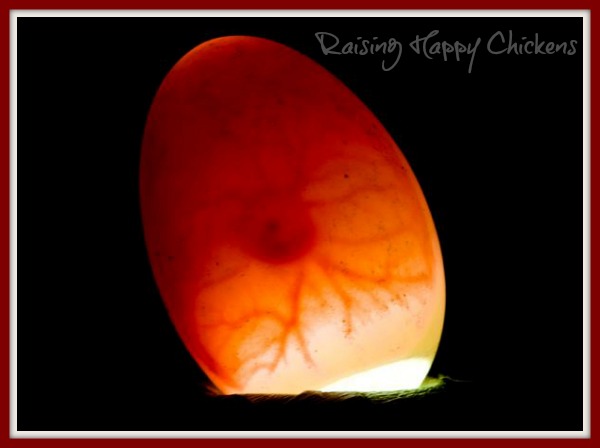 Incubation, day seven. The chick's developing vein system and eye can be clearly seen.
Incubation, day seven. The chick's developing vein system and eye can be clearly seen.There are two ways to tell whether the egg is fertile. The first is to break it. A small, light-coloured, doughnut-like shape - often called a 'bulls-eye' - on the surface of the yolk indicates that in the right conditions this would have been able to hatch into a chick.
The second, of course, is to incubate eggs which you believe to be fertile. Within seven days you should see a network of veins appearing - as in the picture above.
And how to make sure the eggs you eat aren't fertilized if you just don't fancy it? Simple - make sure a rooster goes nowhere near your girls!
Sources.
'Cholesterol and phospholipids content of yolk from fertilized and unfertilized hen eggs'. Guedes, da Silva and Soares; Pub. U.S. National Library of Medicine, 1992.
'Choline: Critical role during fetal development and dietary requirements in adults'. Zelsel; Pub. National Institute of Health : Annual Nutrition Review, 2006.
Want to know more about eggs?
Here are some favourite pages - click on any of the pics to go to that page.
- Home
- Egg Nutrition
- Egg facts
